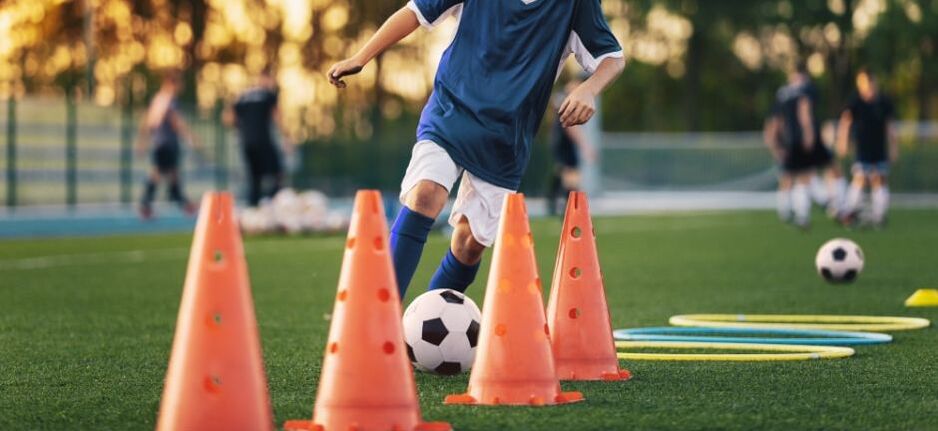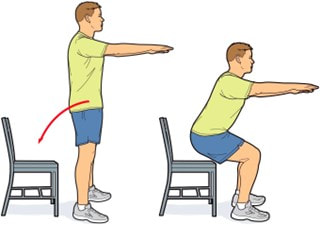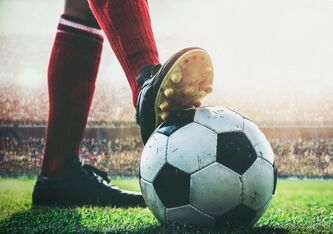Although many teams and clubs incorporate stretching and active recovery as part of a player’s cool-down, there is inconclusive evidence in the literature of its effectiveness. It suggests that surprisingly stretching isn’t clinically effective in reducing muscle soreness, as well as active recovery having no effects on physical performance markers such as jump, 20m sprint and leg muscular strength. However, recent studies also demonstrate that stretching has the ability to improve the compliance of the tendons and therefore allow for soccer players to better withstand the forces when playing. This may suggest it could be important in injury prevention.[5] Particularly for players who present with clear areas of muscular tightness, it would be suggested to stretch these muscles.
| Strength, balance and plyometrics are all great ways of providing our muscular tissues with the support, control and strength they require to withstand the forces of playing soccer. As muscle and tendon injuries are the most common, by performing these exercises, it will help to prevent a large portion of soccer injuries. This concept corresponds to the Perform+ program that was introduced earlier. |
Through the combination of a warm-up and recovery program, and incorporating some strength, balance and plyometrics, will help to assist in reducing the likelihood of injuries. It is also important to listen to your body and allow for appropriate healing time from previous injuries before resuming training. If rushed back into playing, this can further set back the player and result in longer healing times.
A physiotherapist like myself, can develop individualised exercise and warm-up/cool down programs to help prevent and manage a player’s injuries, no matter what level of soccer. You’ll also learn about the specific rest and recovery process in relation to your injury, and the steps required to slowly return back into soccer. We also weave manual therapy techniques throughout the treatment session in order to assist with symptom management and promote optimal recovery times.
If you’re dealing with a soccer injury or would like some individualised advice regarding ways to reduce the likelihood of injury, please call the clinic 8296 7594 or follow this link. I look forward to helping you achieve your best on the pitch!
Alexander Muscat - Physiotherapist
Alexander graduated from Uni SA with a Bachelor of Physiotherapy (Honours), and has particular interests in the areas of musculoskeletal sports physiotherapy and neurological rehabilitation. He is passionate about working alongside clients to optimise their function and improve their overall quality of life.
Alexander has had experience working as a Sports Trainer at Blackfriars Old Scholars Association Soccer Club, and has played soccer at both Adelaide City FC and Adelaide Croatia Raiders Soccer Club, as well as played Futsal (indoor soccer) at club and national level.
Alexander has a passion for sport, hence has a very comprehensive sporting background, and in his spare time loves keeping active through playing amateur soccer and going to the gym.
| Football Australia Perform.pdf |
[2]http://www.onlinelibrary.wiley.com/doi/full/10.1111/j.1600-0838.2009.01058.x
[3]http://www.researchgate.net/publication/279953239_The_acute_effect_of_static_or_dynamic_stretching_exercises_on_speed_and_flexibility_of_soccer_players
[4]https://www.aspetar.com/journal/viewarticle.aspx?id=180#.Y-iTXOxBygQ
[5]https://www.researchgate.net/publication/8474346_Stretching_and_injury_prevention_-_An_obscure_relationship



 RSS Feed
RSS Feed